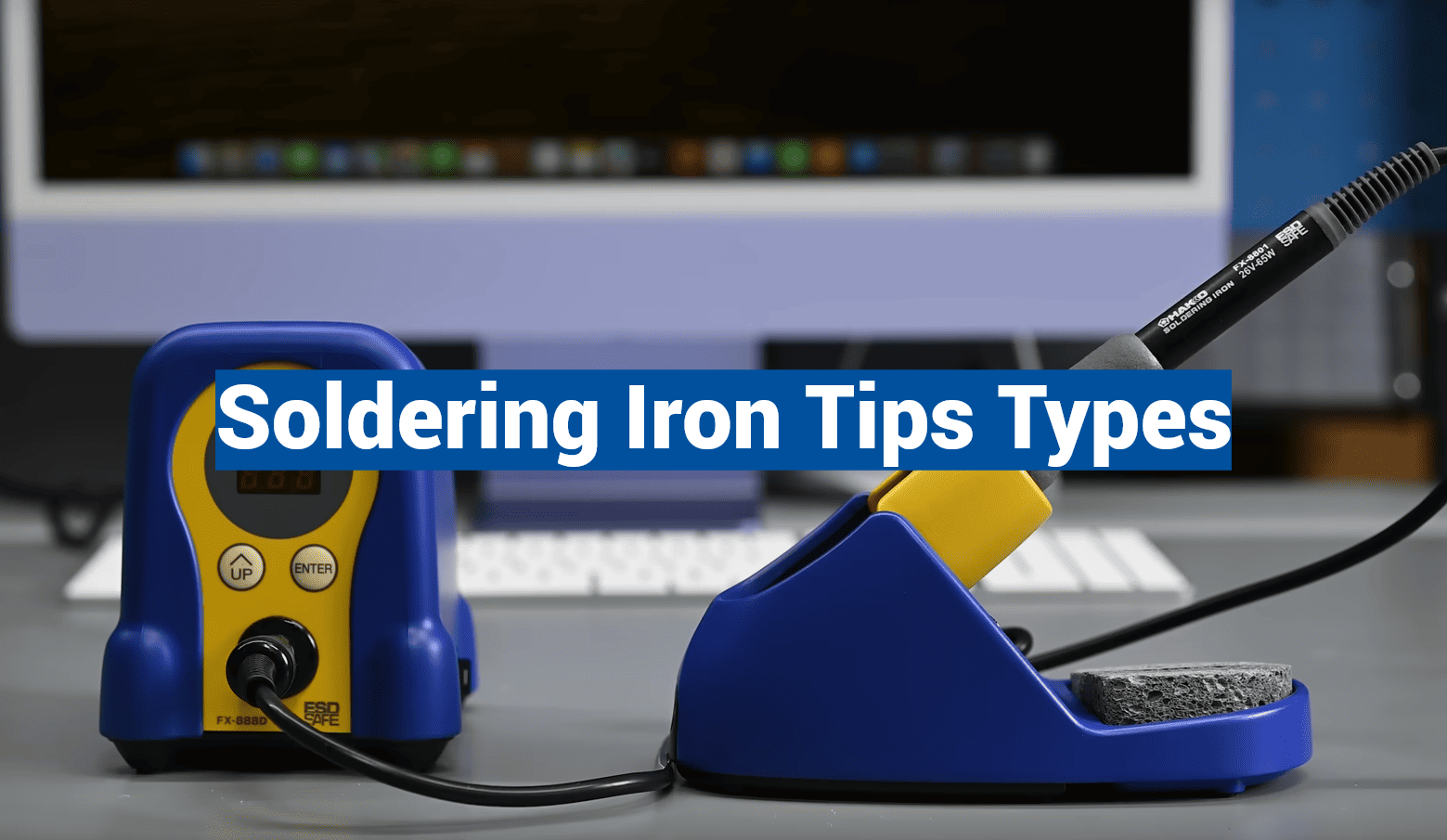Your choice in equipment matters more than you might think. While most crafters focus on wires and circuits, the right tool attachment can boost success rates by 40% for delicate tasks. This guide unlocks the secrets behind selecting components that transform frustrating mishaps into smooth, professional results.
Different projects demand specific shapes and sizes. A tapered edge works wonders for tight spaces, while broader surfaces handle larger joints effortlessly. Heat conductivity varies too – some materials maintain temperature better, ensuring consistent flow without damaging parts.
Maintenance plays a bigger role than many realize. Proper care extends tool lifespan by up to 300%, saving time and money. We’ll show you simple cleaning techniques that prevent oxidation and keep your gear performing like new.
Key Takeaways
- Tool attachments directly impact project success rates and finish quality
- Shape selection determines precision for small components versus large joints
- Heat retention capabilities vary across different materials and designs
- Compatibility with specific techniques ensures optimal performance
- Regular maintenance dramatically extends equipment lifespan
Whether you’re assembling circuit boards or repairing gadgets, understanding these fundamentals elevates your work. Let’s explore how subtle differences create major improvements in your craft.
Overview of Soldering Iron Tips
That metal piece at your tool’s end does more than melt materials. Its shape and dimensions directly control precision and heat distribution. Think of it as a translator between your hand’s movements and the joint’s requirements.
Most quality attachments feature a copper heart wrapped in protective plating. This combo balances quick warmth movement with rust resistance. Thicker designs hold temperature better for big jobs, while slimmer versions prevent overheating delicate parts.
- Flat-edged styles: Ideal for wires and standard joints
- Needle-like points: Perfect for microelectronics
- Angled variants: Combines speed and control
- Wide-blade options: Handles massive connectors
Size matters more than many realize. A professional shared: “Using a broad contact surface on tiny circuits is like painting nails with a roller”. Match your project’s scale – miniature work demands petite profiles, while heavy-duty tasks need substantial surfaces.
Remember, the right profile reduces work time by 30% according to electronics workshops. Keep it clean with brass wool instead of abrasive sponges to maintain peak performance.
 Essential soldering iron tips types for Every Project
Essential soldering iron tips types for Every Project
The right attachment transforms basic tools into precision instruments. DIY Outlet’s 900M series demonstrates how specialized designs solve specific challenges. Let’s examine their five-profile system that professionals trust.
Round vs Chisel Profiles
B-series attachments work like multi-directional paintbrushes. Their circular shape lets you approach joints from any angle. Ideal for beginners, they handle everything from single-point connections to dragging techniques across pads.
D-series options resemble miniature shovels. The flat edge provides 35% more contact space than round versions. This design melts materials faster but requires careful size matching. A 2.4mm chisel works best for standard circuit boards.
| Series | Best For | Considerations |
|---|---|---|
| B | General repairs | Limited heat retention |
| D | Quick joints | Bridge risk |
| C | Multi-pin drags | Specialized angle |
| I | Micro-soldering | Slow heat-up |
| K | Bridge repair | Space constraints |
Specialized Solutions
C-series attachments feature a concave edge perfect for coating multiple pins simultaneously. Their curved face spreads material evenly – crucial for QFP chips. I-series needles tackle hairline circuits but struggle with thick wires.
K-series blades combine surgical precision with unexpected versatility. The angled edge removes excess material effectively. One maker noted: “It’s my go-to for fixing botched smartphone charging ports.” Just watch clearance in cramped spaces.
Choosing the Right Tip for Your Soldering Jobs
Have you ever ruined a project by picking the wrong tool attachment? The secret lies in balancing three core elements: thermal performance, physical dimensions, and joint requirements. Master this trio, and you’ll transform frustrating failures into flawless connections.
Heat Management & Physical Fit
Surface area dictates warmth flow. Broad profiles like chisel edges spread energy quickly across big joints – perfect for thick wires. Needle points concentrate heat in tight spaces, protecting nearby parts. Always match profile width to your smallest connection point.
Material matters too. Lead-free alloys demand higher temperatures, requiring tips with superior thermal recovery. A tech specialist notes: “Using standard attachments with modern solder is like racing winter tires on asphalt”.
Technique Dictates Geometry
Drag methods work best with curved edges that glide across multiple pins. Precision work thrives with micro-conical shapes offering 360° access. For rework jobs, select angled designs that remove excess material without scratching boards.
Temperature settings change everything. Larger profiles need 50°F-100°F higher settings than fine points to maintain effectiveness. Always test on scrap materials first – that extra minute prevents melted components.

Exploring Applications and Uses of Various Tip Shapes
Mastering your craft requires matching tools to tasks like a chef selects knives. Specific profiles solve unique challenges in electronics work, transforming tricky jobs into smooth operations.
Drag Techniques and Precision Fixes
C-series profiles shine in drag applications. Their curved edge spreads material across multiple pins instantly—perfect for crowded circuit boards. One maker compared it to “buttering toast” for components.
K-series blades tackle two jobs well. The slanted edge removes excess material during bridge repairs while reaching tight spots. Techs love how it fixes mistakes without new ones.
Size Matters in Component Work
Chisel-shaped options dominate large connections. Their broad surface transfers heat fast to big terminals or ground planes. For micro-circuits, conical profiles deliver surgical accuracy.
Delicate surface-mount parts demand finesse. A fine-point tip lets you place tiny solder dots without flooding adjacent pins. Remember: match profile width to your smallest joint for clean results every time.

